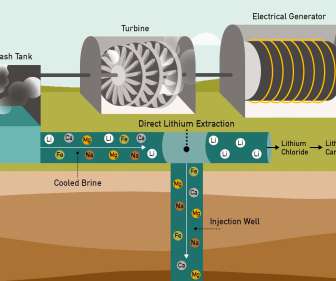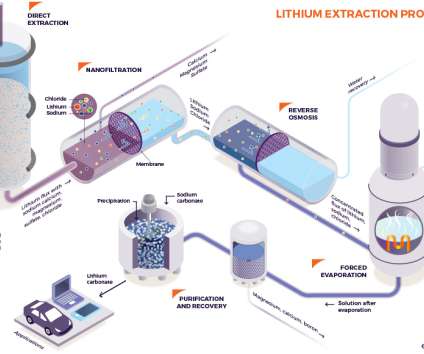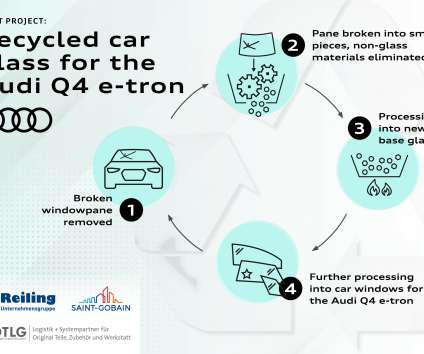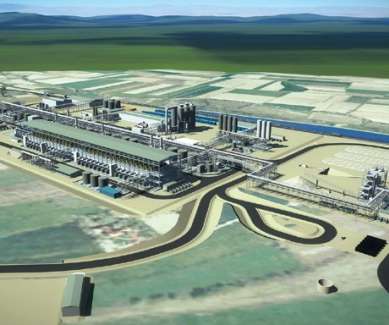Berkeley Lab leading investigation to quantify and characterize Salton Sea’s geothermal lithium resources
Green Car Congress
FEBRUARY 17, 2022
The hot brine that comes up from the subsurface as part of geothermal power production at the Salton Sea in California is a rich stew of minerals, including iron, magnesium, calcium, sodium, and lithium. We’ll look at how quickly might you expect the resource to be regenerated—is it centuries? Credit: Jenny Nuss/Berkeley Lab).
























Let's personalize your content